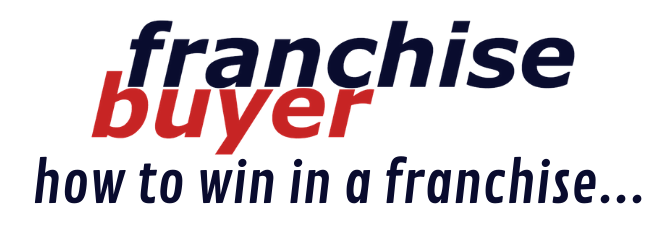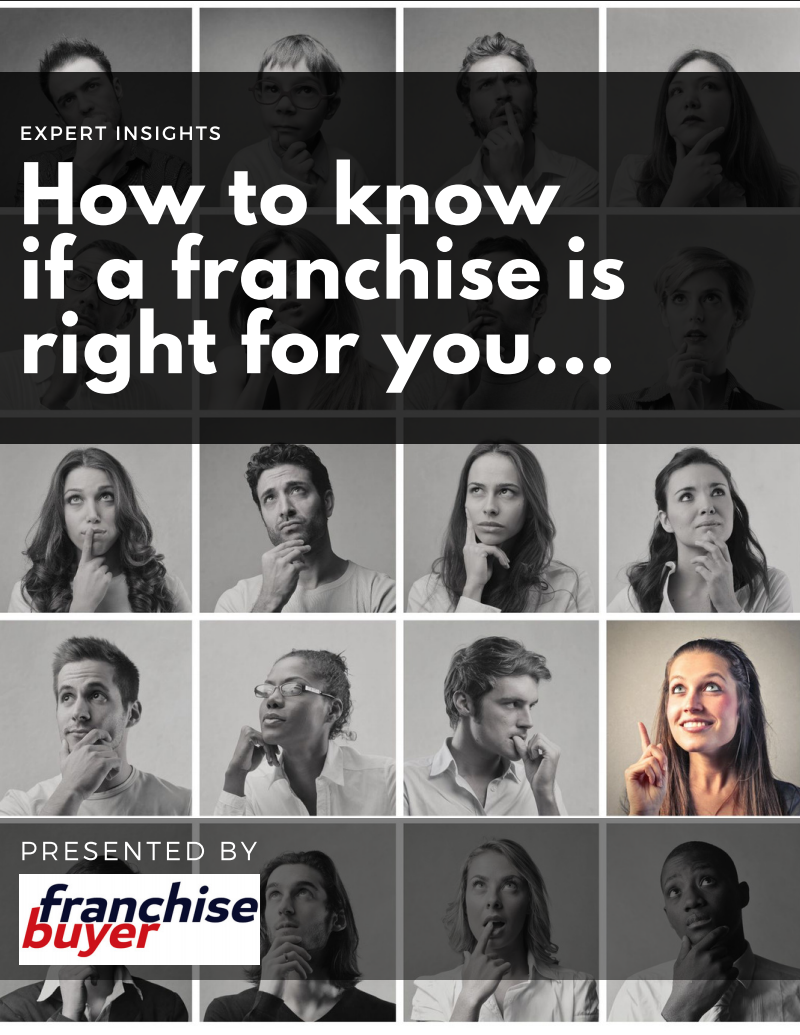March 15, 2022
Where to now for the uneasy relationship between food delivery apps and restaurants?
The debate around commissions for food delivery apps has been a hot topic in recent years, especially with the COVID-19 pandemic having enormous impacts on the hospitality sector.

What does the future hold for the industry?
Even before COVID-19, the relationship between food delivery services and restaurants was strained. Restaurant owners would avoid working with food delivery apps because the cost was too high.
We've written on the issue before as it relates to costs and how Uber Eats in particular was changing quick service restaurant landscape.
How the pandemic changed things
With lockdowns, restaurants were effectively shut down. But with it came a change in consumer behaviour. Despite not being able to ‘dine in’, people still wanted quality, restaurant meals and so their only option was delivery or pick up.
Thus, delivery platforms have been a lifeline for restaurants, but at a cost.
Restaurants soon realised the way to stay operating was to work with delivery apps. But with most delivery services charging restaurants exorbitant fees (up to 35% in commission), the profit margins were rapidly being eroded.

Another concern for higher-end restaurants was the lack of control over their product (and therefore their brand) upon delivery. Many started opting for a click-and-collect model to avoid their meals arriving to customers in a subpar state.
As restaurants started voicing their struggles and concerns, their loyal customers started voicing their support and anger at the ‘greedy giants’ making it impossible for businesses to stay open. As is the true spirit of Australians, supporting each other fiercely and backing local loved businesses with pride.

Band-aid solutions by the apps
Many food delivery apps responded to the pleas from restaurants and anger from customers with some lacklustre solutions. For example:
- Waving fees for pick up orders
- Paying restaurants more frequently
- Waving sign on fees
- Waving the first 30 days of commission for new restaurants.
Restaurant owners weren’t appeased, many arguing that the money to be made isn’t on sign-on fees but rather in the commission being stripped from their bottom line by delivery apps.
The only way to offset the problem of high commissions was for restaurants to raise the prices of food. The ultimate cost therefore being passed-on to the consumers fighting to support these businesses.
What does the future hold?
Now that the world is ‘opening up’ again as we adapt to living with COVID-19, it is still unclear what the future holds for the hospitality industry and food delivery.
As the pandemic storm moves on, consumers are unlikely to return to behaviours from years ago. People are still uncomfortable eating out as much and are likely to still favour delivery/pick up in the near to medium future.
As such, restaurants and delivery apps are destined to remain uneasy partners.
What we do know is that consumers will continue to support local, and in order to save our restaurant industry, we need to resolve the problems caused by excessive commissions from delivery corporations.
The future may hold capped commissions. Disruption is already being seen in smaller competing apps coming to the market with a more restaurant-friendly business model. But competing is hard with the established big players.
Larger restaurants with capability might even cut out the middleman and create their own digital platforms for pick up and delivery. Change is inevitable but the businesses who adapt their digital marketing strategies are the ones who will future proof their business, as delivery is just one part of the overall picture.














